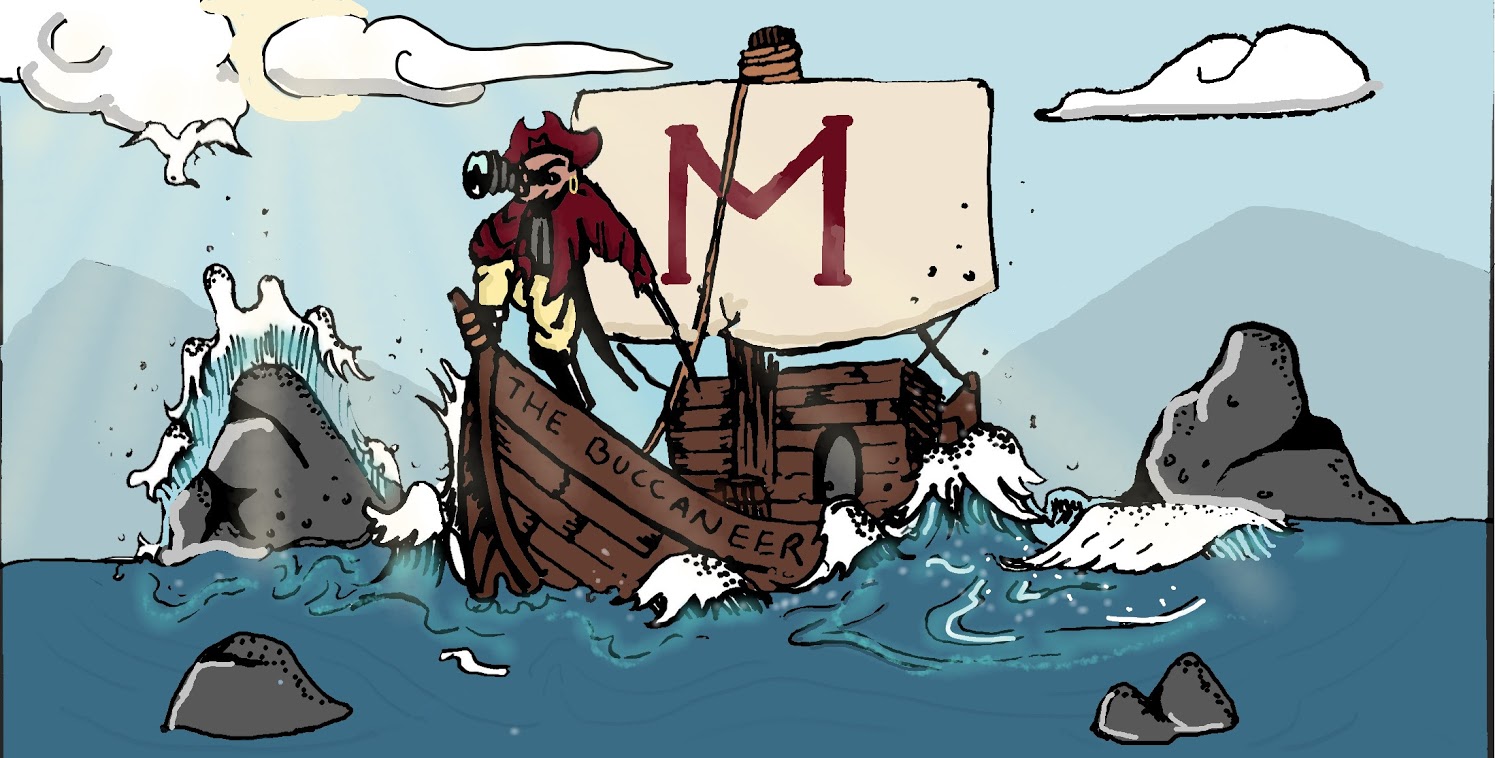The Problem with Women’s Representation in Film
February 9, 2022
It is presumably a man’s world out there—even in fictional worlds. Throughout history, women have been denied a seat at the table, literally and figuratively. This exclusion has even extended to media such as film, television, and literature. Despite the abundance of existing female characters, the typical portrayal of women is flawed and continuously misrepresented.
Female characters are often designed to fall into stereotypes and tropes. The “loner nerd” or “dumb blond” stereotypes are especially prevalent throughout media with a target audience of children and teenagers. Coupled with these cliches are tropes like the “Makeover Montage/Ugly Duckling Transformation.” The term describes when a usually nerdy, unpopular girl goes through a makeover to become more “beautiful” for men or to become popular in school. The girl is asked to change her hair, wear makeup, remove glasses, and dress in trendy clothing. Such characters often go through a personality change as well, to become more appealing to society or remove their original character traits in favor of fitting in. Some well-known examples of this trope are depicted in “She’s All That,” “Clueless,” and “Mean Girls.” The usage of this trope sends a harmful message to the female audience that they must change their appearance and personality in order to be better liked, while also implying to the male audience that it is acceptable for them to ask women to change themselves to please men. Overall, these stereotypes harshly misrepresent women and contribute to diminishing their self-worth.
Another instance of unfair representation is the way in which female characters are overtly sexualized in film and television, demonstrating the lack of care put forth by the entertainment industry. The industry tends to cater to the “male gaze.” The term “male gaze,” coined by filmmaker Laura Mulvey, refers to how women are looked at in film by men and the male audience. Mulvey states, “The determining male gaze projects its fantasy onto the female figure.” With the male gaze, female characters are created with the intent of being objectified. Rather than being their own powerful characters, these women are simply there to fuel male fantasies, creating a clear power imbalance between men and women. Female objectification is seen clearly in both old and modern films, but especially in media from the last 20 years. A prime example of such sexualization is the character of Black Widow in both the comics and films. In “Iron Man 2,” her costumes boast tight-fitting silhouettes and low necklines for no apparent reason. The costumes are meant to attract attention to her body, and only her body, rather than allowing her to shine as a powerful superheroine. The sexualization clearly caters to the male gaze and detracts from the positive contributions that Black Widow adds to the plot as a regular character. Another similar usage of objectification is seen within Micheal Bay’s “Transformers.” In particular, Mikeala Banes, played by Megan Fox, is hyper-sexualized in the first two films. Banes exists as the “attractive girlfriend” and is given no other role. The character is dressed in short skirts and low necklines and often panned to slowly, in a sexualized manner, to show off her body. Only her appearance is discussed in the movies, making it obvious that the film creators only included Mikeala Banes as an object of desire for the male audience.
Women’s representation in fiction is severely lacking. Female characters are forced to conform to stereotypes and overtly sexualized in a multitude of ways. Such misrepresentation can harm women in reality by affecting the self-confidence of teenagers and sending dangerous messages about women to the male audience, implying that women are objects. There must be a change in the entertainment industry to move away from the stereotypical depiction of female characters and accurately provide representation for women.


